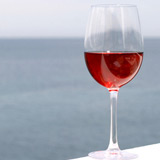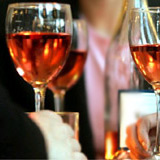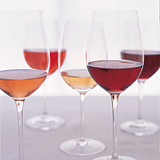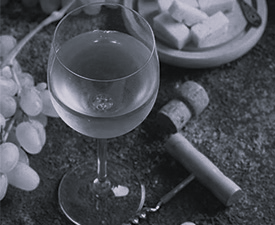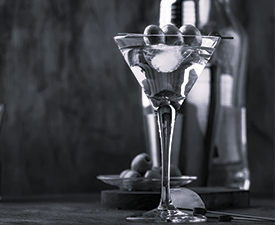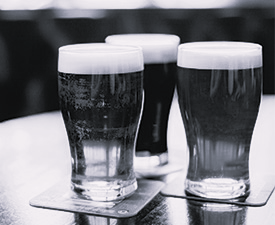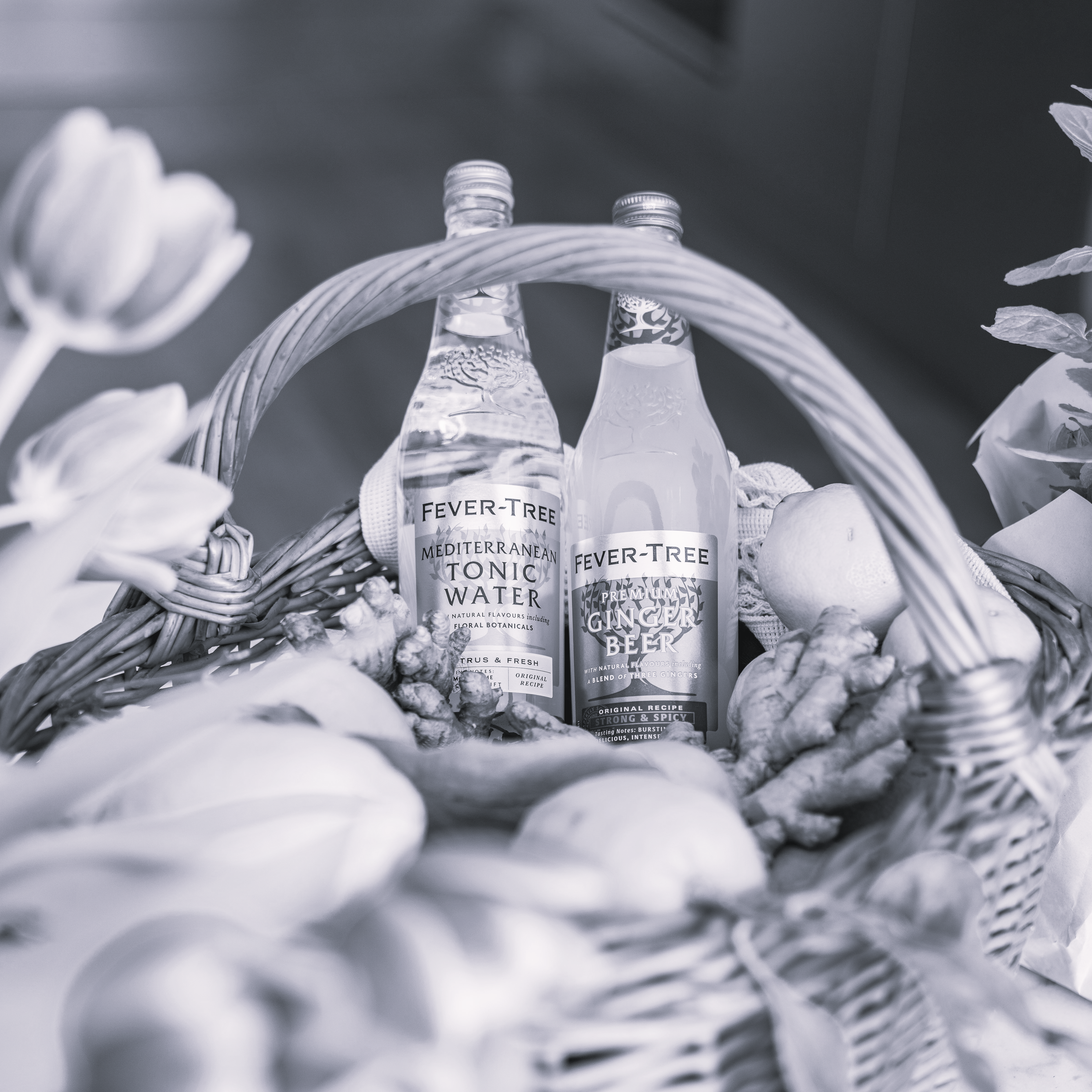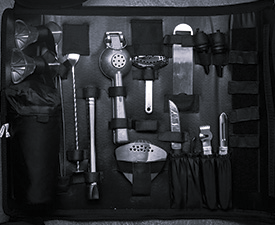This winemaking process involved bleeding off a portion of red wine after only a short period of time, and contact of the juice with the grape skins. Because the colour of red wine is derived from pigments in the grape skins, the resulting juice is a light or bright pink not red. This process is how many rose wines are made, the only exception being Champagne where rose may also be made by blending red and white wines before the secondary fermentation in bottle, although for still rose wines it is believed that the best wines are made by the saignee method.
The rest of the winemaking process, steps remain basically unchanged in that there is a progression of alcoholic fermentation, filtering, and then bottling all in a short space of time.
The difference between simply macerating the wine and removing the must and saignee is that the wine left after the bleed-off is often times still being made into a more concentrated red wine, and the rose is a by-product.
So the saignee method can be used by winemakers to increase intensity in their red wines. In this case, only a small portion of juice is bled away from the skins to make rose. But the remaining juice stays in contact with the skins. Because there is a greater surface area ratio of skins to juice after the bleed, more colour (and possibly complexity) can be extracted from the skins into the red wine-to-be. As a result, some people refer to rose made by the saignee process as a by-product of red wine production.
Some top rose producers, particularly in the south of France, prefer not to "bleed" their grape juice. Instead, they treat red grapes destined for rose much as they would grapes for a white wine. After the grapes are harvested, they are crushed and quickly pressed or whole cluster pressed - just as white wine grapes are - directly into a fermenter. In this way, there is little or no skin maceration. Not surprisingly, wines made in this fashion are a lighter shade of pink. Enjoy these roses in their youth and served at approx 6-8 degree C.
